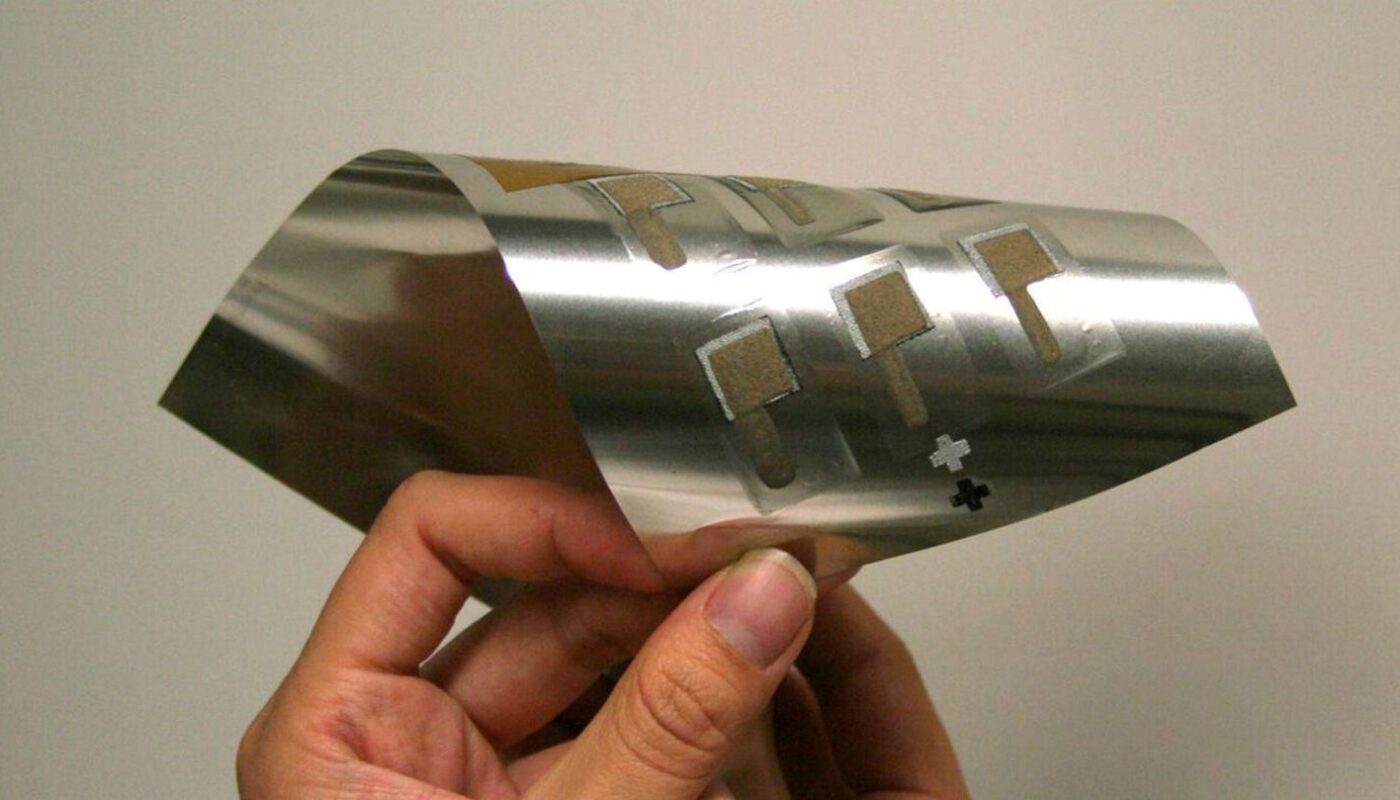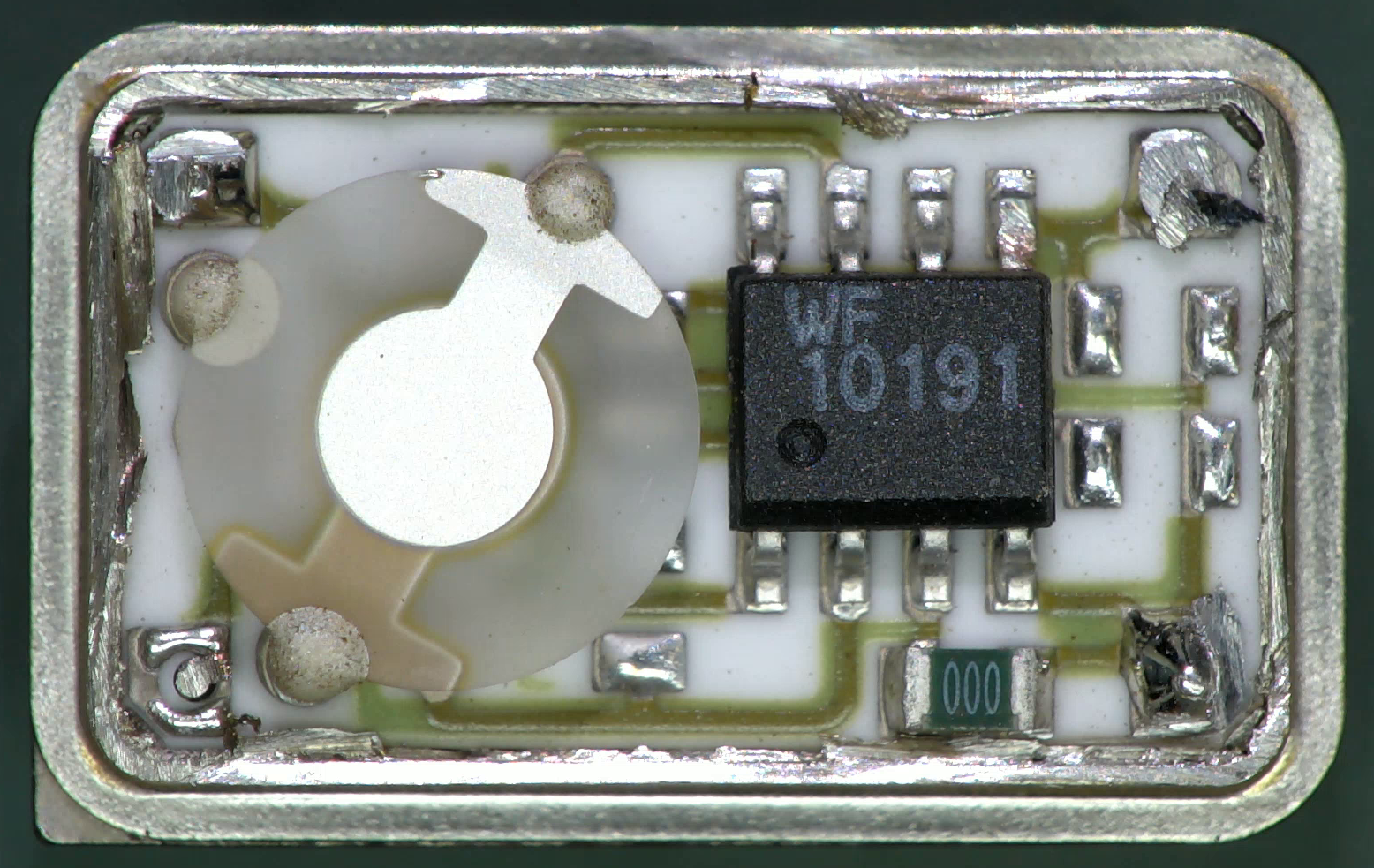New Generation of Batteries
Conventional lithium-ion batteries used in most portable electronics today are rigid and inflexible. The anode, cathode, separator layers and rigid casing limits how small and thin they can be made. Flexible battery technology removes these limitations by using flexible and thin materials like graphene and polymer layers as electrodes and separators.
Flexible batteries can be manufactured in any size or shape and easily integrated into flexible electronic devices. The thin and bendable form factor opens up possibilities not possible with rigid batteries. Devices can be made smaller, thinner, and curved to better conform to body contours. This will revolutionize wearable technology, bring more functionality to clothing and textiles. Flexible batteries are poised to power the next wave of electronics.
Pioneering Technologies
Several technologies are being researched and developed for manufacturing Flexible Batteries. Samsung, LG Chem, Panasonic and other battery makers are investing heavily in R&D. Some key flexible battery technologies include:
– Lithium polymer batteries: These use a solid polymer electrolyte instead of a liquid electrolyte. The polymer separator and electrodes allow for flexibility. Samsung’s W2019 flip phone used a pouch-type lithium polymer battery.
– Paper batteries: Researchers at University of Maryland have created paper-thin batteries by printing battery components on thin plastic and paper substrates. Anode, cathode and electrolyte layers are screen printed to create flexible power sources.
– Graphene batteries: Graphene, a single-atom-thick sheet of carbon, is increasingly being used as a material for flexible electrodes and electrolytes. Its high strength, flexibility and electrical conductivity makes it ideal for next-gen flexible batteries.
– Thin film batteries: Layers of battery materials like lithium are deposited as thin films on flexible substrates using physical or chemical deposition techniques. This allows battery components to be made extremely thin.
Applications and Future Potential
Flexible batteries open up exciting possibilities across many sectors:
– Wearables and e-textiles: Power sources integrated into clothing, accessories, fitness trackers would be transformational. Clothes that power themselves!
– Consumer electronics: Foldable/rollable displays and devices will rely on flexible batteries. Expect more adaptable form factors in phones, tablets, laptops.
– Medical devices: Flexible biosensors, health patches, implantable devices would benefit from flexible batteries’ conformability.
– Internet of Things: Thin, lightweight power for smart packaging, labels, sensors would enable many IoT applications.
– Electric vehicles: Some prototype EVs use bendable battery packs under vehicle floors for improved crash protection and packaging.
– Portable/backup power: Paper-thin portable chargers, power banks that roll or fold up easily when not in use.
While flexible battery technologies are advancing rapidly, commercialization challenges remain around longevity, safety, and costs. Ongoing R&D aims to develop flexible batteries with performance matching today’s lithium-ion batteries. Successful commercial products in the next 5 years will validate flexible batteries as the future of portable power. With their unique capabilities, flexible batteries have potential to revolutionize electronics and open new application frontiers.
Manufacturing Challenges
Despite great promise, flexible batteries face several hurdles before widespread adoption:
– Cycle life & calendar life: Current flexible batteries have significantly lower cycle life (number of charge/discharge cycles) and calendar life (shelf life without usage) compared to rigid lithium-ion batteries. Longevity needs to match consumer expectations.
– Manufacturing scalability: Most flexible battery R&D uses small batches and customized fabrication methods. Transitioning to high-volume, low-cost roll-to-roll production poses technical and infrastructure challenges.
– Materials & interface stability: Flexible substrates and solid-state electrolytes need long-term stability when repeatedly flexed and folded. Interfacial reactions degrade performance over many bend cycles currently.
– Safety & reliability: Risk of damage, leakage or fire during bending/folding cycles needs to be addressed through intrinsic safety mechanisms built into battery chemistry and design.
– Cost competitiveness: Production costs for flexible batteries’ specialized materials and processes are higher today. Mass manufacturing techniques must bring costs significantly lower to compete with conventional batteries.
Overcoming these challenges will require continued multi-disciplinary innovation spanning materials science, manufacturing engineering and more. Battery makers are investing heavily driven by market potential. With time flexible batteries may surmount these obstacles to emerge as a mainstream portable power solution.
Note:
1. Source: Coherent Market Insights, Public sources, Desk research
2. We have leveraged AI tools to mine information and compile it




